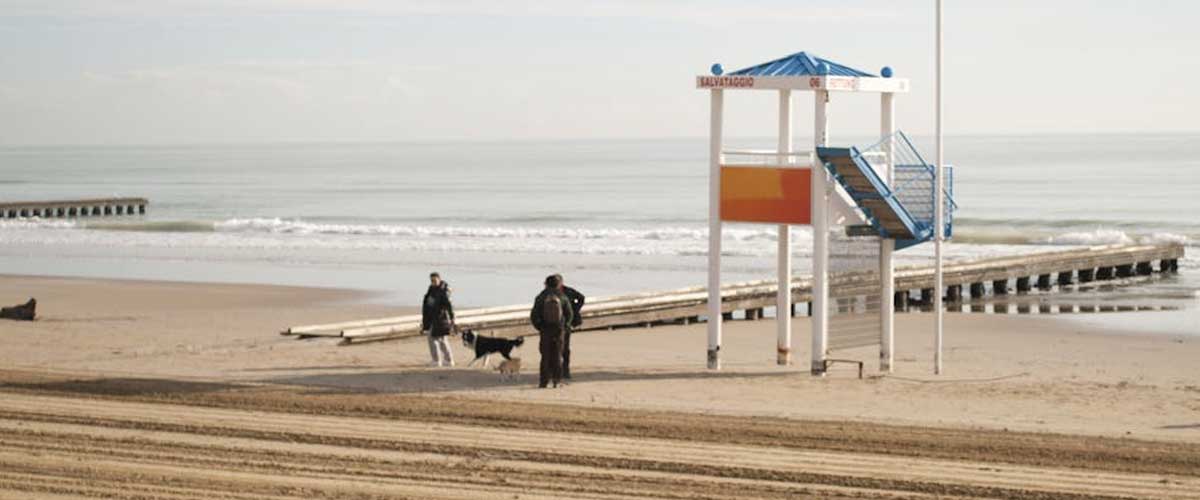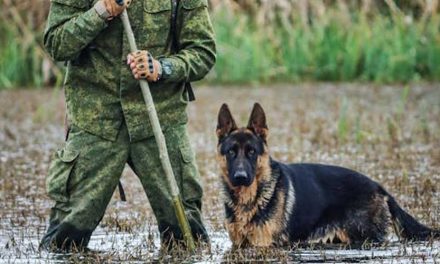When we think of lifeguards, we often picture tan, athletic individuals stationed at the beach or poolside, keeping a watchful eye on swimmers.
However, there’s another group of dedicated rescuers that sometimes goes unnoticed: life guard dogs.
These incredible animals play a significant role in water rescue operations, combining instincts, training, and a bond with their handlers to save lives.
The Role of Life Guard Dogs
Life guard dogs, also known as water rescue dogs, are specially trained to assist in finding and rescuing individuals in distress in aquatic environments.
They are often employed by coast guard agencies, beach patrols, and various rescue organizations.
These dogs have an innate ability to sense danger and can traverse challenging terrains, both in the water and on land.
Training and Skills
The training of life guard dogs begins at a young age, often with breeds known for their swimming abilities and temperament, such as Labrador Retrievers, Golden Retrievers, and Newfoundlands.
The initial focus is on socialization, obedience, and instilling the necessary skills to navigate water safely.
Once foundational training is established, dogs undergo specialized exercises that include:
Swimming Techniques:
Dogs learn to efficiently swim, and some are trained to tow a person back to safety.
Marking and Retrieving:
Dogs are taught to retrieve objects or people from the water and to mark locations where someone may have gone under.
Search and Rescue:
These dogs learn to search for missing persons or distressed swimmers using scent detection and sound cues.
Teamwork and Communication:
Lifeguard dogs must work cohesively with their human partners, understanding commands and communication signals even when amidst chaos.
The Benefits of Having Canine Lifeguards
1. Enhanced Safety:
Life guard dogs can spot distressed swimmers from a distance, alerting their human counterparts before a situation escalates.
2. Physical Assistance:
They provide physical assistance in the water, allowing swimmers who are struggling to hang on to the dog while being escorted to safety.
3. Calming Presence:
For individuals in distress, the presence of a dog can provide emotional comfort, helping to calm anxious or frightened swimmers.
4. Versatile Rescue Options:
Dogs can access areas that might be challenging for humans, such as rocky shorelines or shallow waters, making them invaluable in various rescue scenarios.
Notable Success Stories
Across the globe, there have been numerous instances where life guard dogs have played a critical part in rescue missions.
One notable example is a Newfoundlander named “Kona,” who famously saved a group of stranded kayakers by towing them back to shore one by one.
Similarly, in the Mediterranean, dogs have been used effectively in search and rescue operations following boat capsizes, helping to locate survivors in the water swiftly.
These stories highlight not only the capabilities of these trained dogs but also the strong bond they share with their human partners.
What the Future Holds
As water sports and recreational activities continue to grow in popularity, the demand for trained lifeguard dogs is likely to increase.
Continued advancements in training methods and rescue equipment will further enhance their effectiveness.
Awareness and appreciation for the contributions of lifeguard dogs are crucial; they are not just companions but dedicated partners in life-saving efforts.
Conclusion
Life guard dogs are remarkable animals that embody loyalty, bravery, and dedication.
Their training and skills not only aid in saving lives but also serve as a reminder of the unique bond between humans and dogs.
As we head towards warmer months and more time by the water, let’s give a nod to these four-legged heroes who stand ready to leap into action whenever their help is needed.









